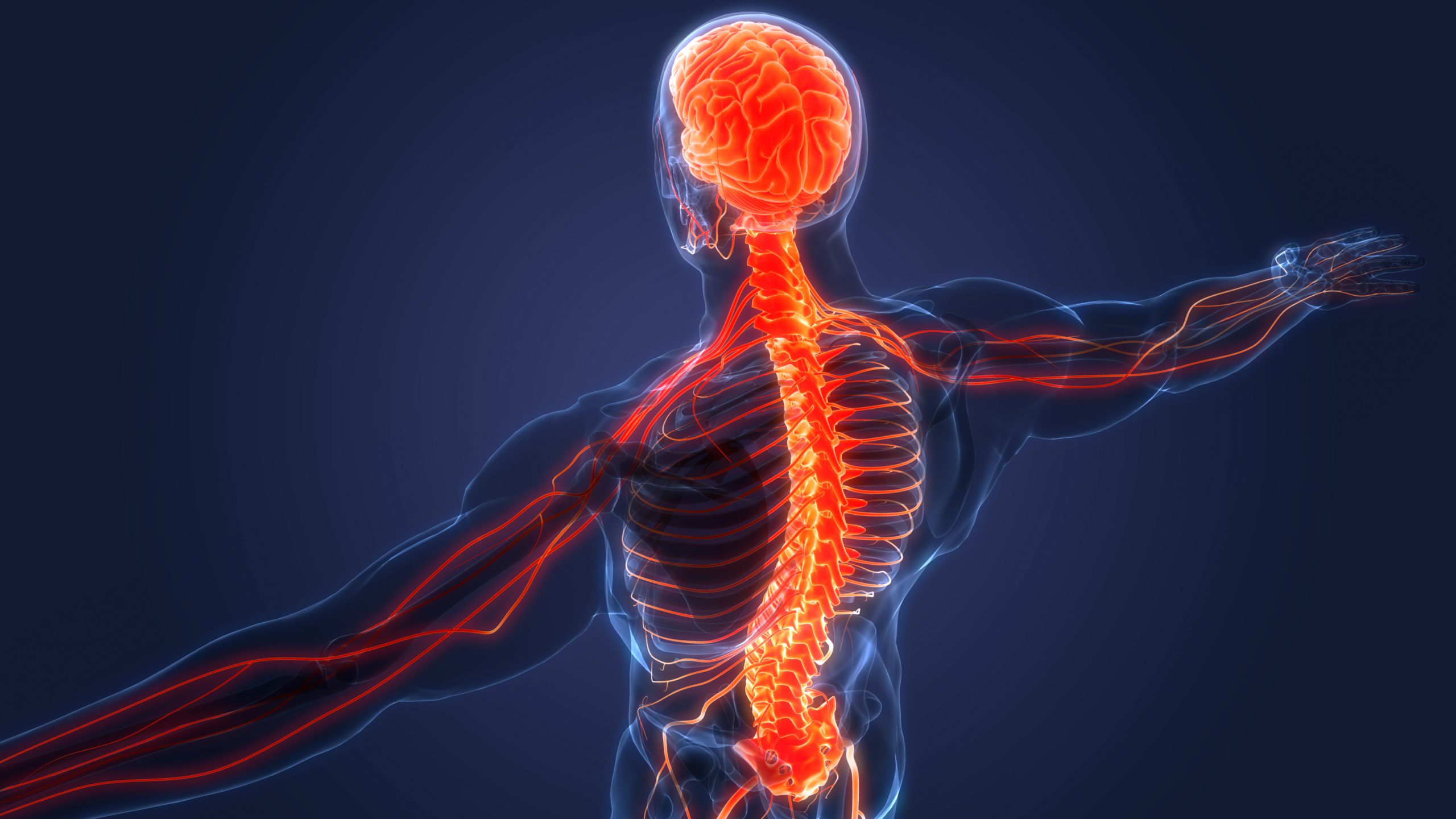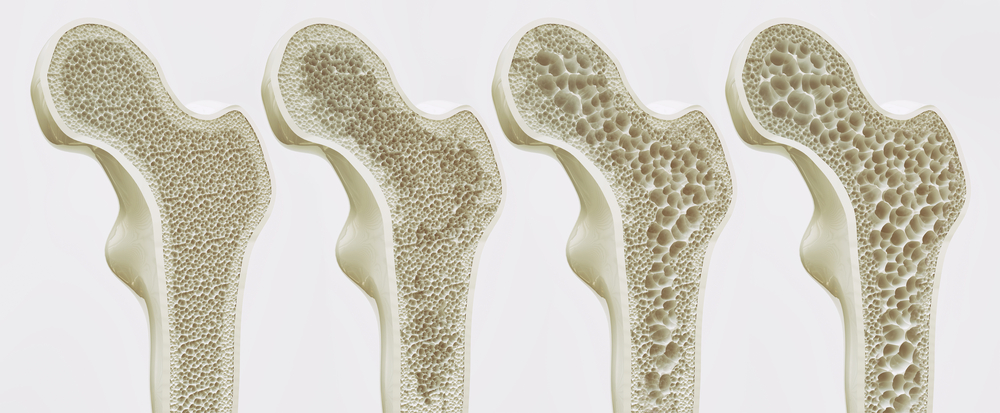This is the first blog in a new series that introduces the major systems in the human body. In this blog, we’ll cover the nervous system.
The central nervous system (CNS) and peripheral nervous system (PNS) make up the nervous system. The CNS includes the brain and spinal cord while the PNS includes the cranial, spinal, and peripheral nerves, ganglia (collections of neuron cell bodies), and specialized nerve endings.
The CNS is the body’s processing center as it controls things such as movement, emotion, and thought. Neurons (nerve cells) and glial cells (oligodendrocytes, astrocytes, ependymal cells, and microglial cells) make up the CNS. Neurons receive, integrate, and transmit signals from inside and outside the body to control the body’s activities. Glial cells are supporting cells that are 10 times more abundant than neurons.
Oligodendrocytes surround axons with myelin, a lipid-rich material, thus allowing faster signal propagation. Astrocytes form part of the blood-brain barrier, which prevents potentially harmful substances from entering the brain. Ependymal cells help produce and circulate cerebrospinal fluid that surrounds the brain and spinal cord. Finally, microglial cells provide protection by engulfing infectious agents.
The PNS plays a role in digestion, controls body functions, and relays information to the CNS. It contains neurons, satellite cells, and Schwann cells. Satellite cells regulate nutrient and waste exchange for PNS cell bodies. Schwann cells have the same role as oligodendrocytes but are found in the PNS.
The Boom Health app allows you to manage your loved one’s home care in one app and takes the stress out of organizing care. Download the app on the App Store or Google Play Store.
This article is not intended to be a substitute for professional medical advice or diagnosis. Always seek the advice of your physician or another qualified health provider with any questions you may have regarding a medical condition.





